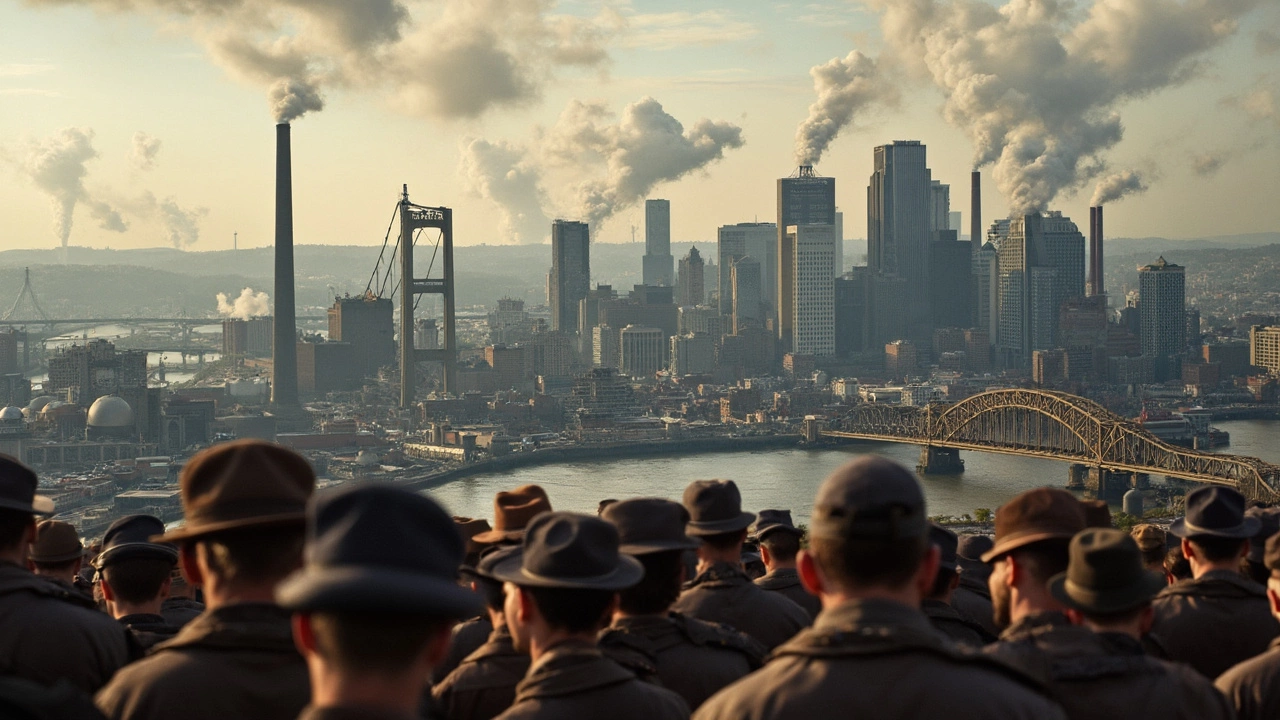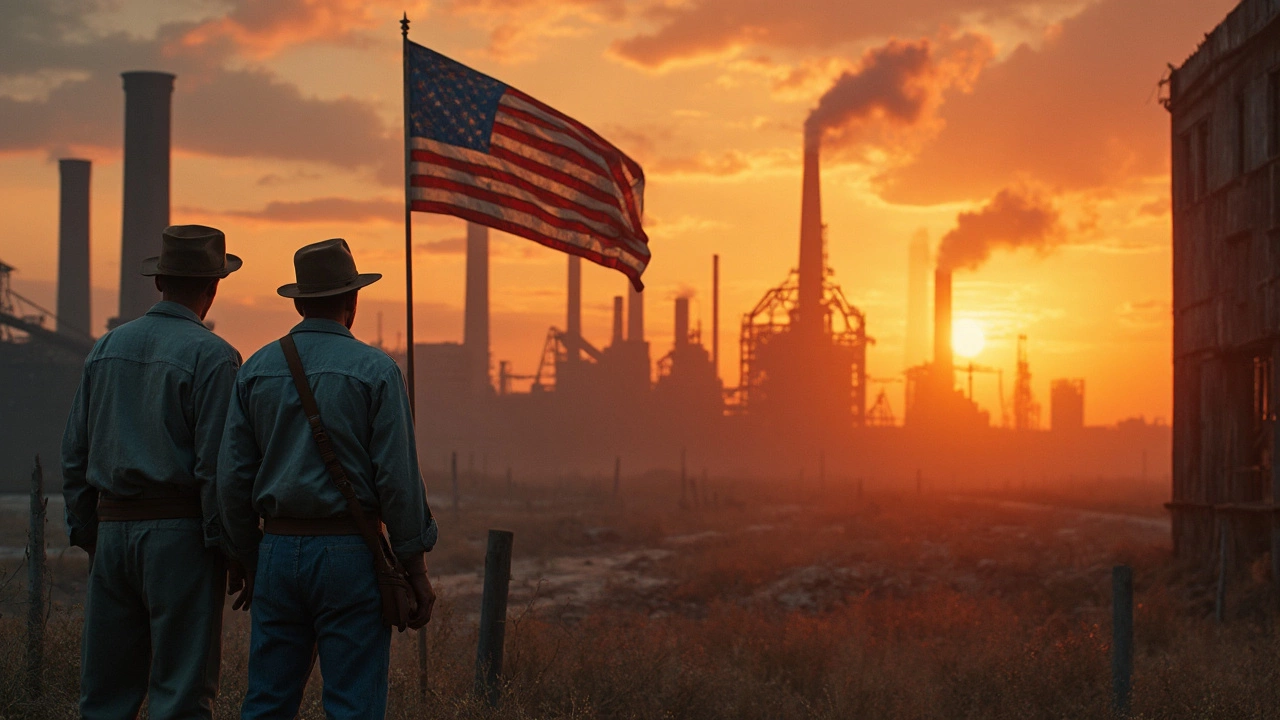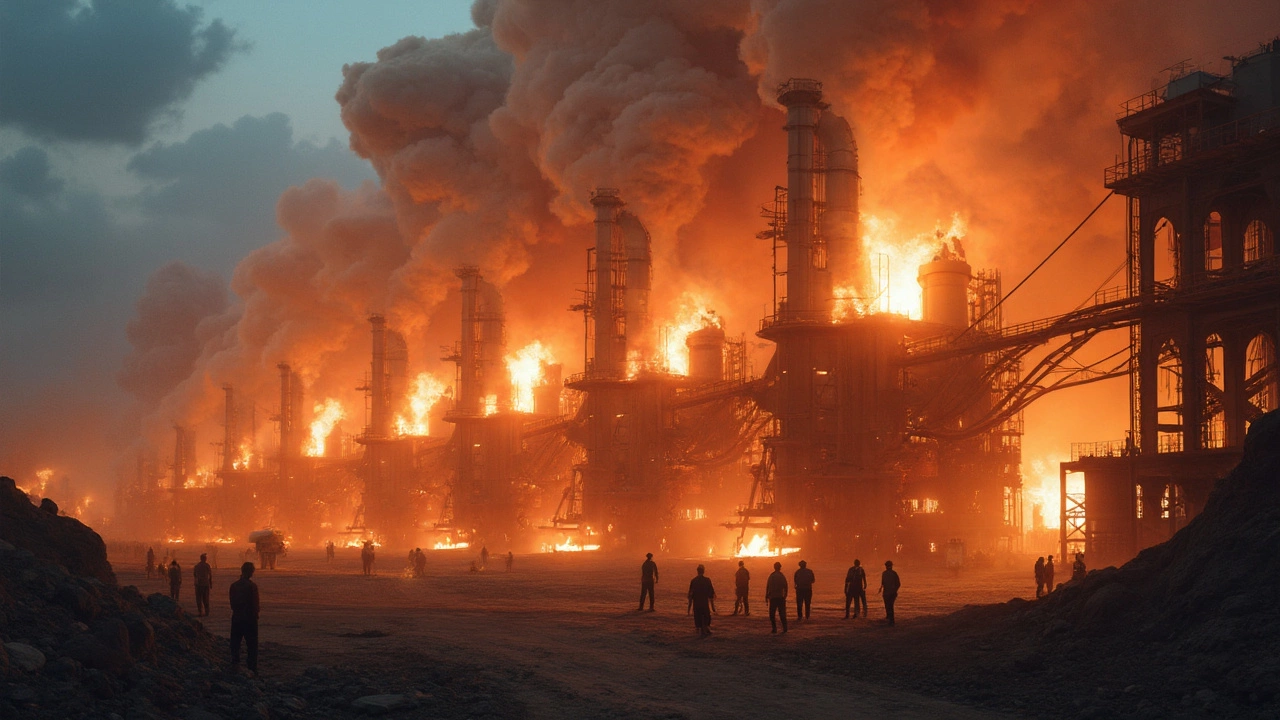Steel Manufacturing in India: What You Need to Know
Did you know India now ranks among the top three steel producers worldwide? That means more jobs, more projects, and a bigger chance for you to get involved. Whether you run a small workshop or plan a big plant, understanding the basics of steel manufacturing can save you time and money.
Why Steel Manufacturing Matters Today
Steel is the backbone of every major construction project – from roads and bridges to skyscrapers and railways. It also powers the automotive, shipbuilding, and energy sectors. Because of that, a healthy steel industry lifts the whole economy. In India, the sector supports millions of workers directly and creates even more jobs indirectly through related services like logistics and equipment supply.
Government schemes such as the "Make in India" initiative and the Production Linked Incentive (PLI) program specifically target steel manufacturers. Those policies lower taxes, provide financial incentives, and make it easier to get land for new factories. The net result? Faster growth, more export potential, and a stronger domestic market.
Key Trends Shaping the Industry
Automation and Smart Factories: Modern steel plants are no longer noisy, manual operations. Sensors, robotics, and data analytics help cut waste, improve safety, and boost output. If you’re buying new machinery, look for equipment that can integrate with IoT platforms – it will pay off in lower energy bills and higher quality steel.
Green Steel: Environmental pressure is forcing manufacturers to cut carbon emissions. New processes like electric arc furnace (EAF) recycling and hydrogen‑based reduction are gaining momentum. Companies that adopt greener tech now can attract premium contracts from eco‑conscious buyers.
Import‑Export Dynamics: While India imports certain alloying elements, it also exports finished steel to the Middle East, Africa, and Southeast Asia. Keeping an eye on global price trends helps you decide whether to focus on domestic sales or look for export opportunities.
Local Supply Chains: The pandemic showed how fragile long‑haul supply chains can be. More manufacturers are now sourcing raw material and spare parts from local vendors. This shift reduces lead times and gives you more control over inventory.
All these trends mean that the right equipment and knowledge are more important than ever. That’s where Viraj Machinery steps in – we provide up‑to‑date info on the latest machines, tech upgrades, and compliance standards. Use our resources to compare options, read real‑world case studies, and choose gear that matches your budget and production goals.
If you’re just starting out, consider a modular plant layout. It lets you add capacity later without a massive upfront investment. Focus first on core processes like melting, casting, and rolling, then expand into value‑added products such as galvanized sheets or high‑strength alloy rods.
Finally, don’t overlook training. Skilled operators can make a big difference in yield and safety. Partner with local technical institutes or use online courses to keep your team updated on the latest best practices.
Steel manufacturing isn’t a static field – it’s constantly evolving with new tech, policies, and market demands. By staying informed and choosing the right partners, you can turn those changes into growth opportunities for your business.

Steel Capital of the United States: Where Industry Still Rules
Looking for the heart of steel in America? This article digs into which city truly holds the title of 'steel capital' in the United States. Explore why Pittsburgh earned the name, how the steel industry spread, and where top plants operate now. Learn surprising facts about American steel production and tips for understanding today's steel hotspots. Perfect for anyone curious about the backbone of U.S. manufacturing.
Read More
Why Doesn't the US Make Steel Anymore? Real Reasons Behind America's Steel Decline
The US used to be the king of steel, with its factories fueling skyscrapers and cars. So what happened? This article uncovers why American steel plants faded, digging into tough competition, changing tech, and shifting labor costs. You'll get surprising facts about U.S. steel production and tips on what these changes mean for jobs and the economy. The story isn't just about business decisions; it's about how the world changed and America struggled to keep up.
Read More
Top Steel Producers: Unveiling the 5 Giants
In the world of steel production, a handful of giants dominate the market. This article dives into the five largest steel producers globally, highlighting their market impact and production capabilities. With steel being a backbone of modern infrastructure, understanding these key players provides insights into global industrial trends and economic powerhouses. From their innovative processes to geographical influence, learn what sets these producers apart.
Read More
Discovering the Location of U.S. Steel Headquarters
U.S. Steel, an iconic name in American industry, plays a significant role in the nation's economy. Its headquarters, situated in Pittsburgh, Pennsylvania, serves as the central hub for company operations. This article explores the rich history of U.S. Steel, the significance of its home city Pittsburgh, and its impact on the local economy. Additionally, insights into the headquarters' operations and its global influence in the steel industry are provided. Readers will gain a better understanding of why U.S. Steel's headquarters is pivotal to the company's success.
Read More